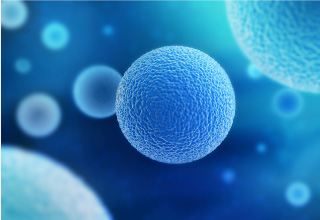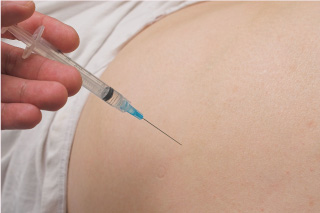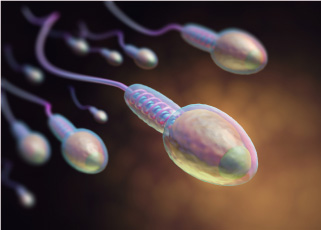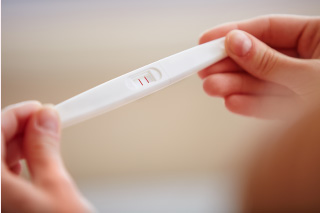人工受孕又稱為人工授精(Artificial Insemination,AI)是指採用人工而非自然交配的方法,將精液輸入女性的子宮或子宮頸的授精過程。可分為二種:(1)使用先生的精子者稱為AIH (Artificial Insemination by Husband); (2)使用捐贈者的精子稱為AID (Artificial Insemination by Donor)。
Who needs the artificial insemination?
- 1、Unexplained infertility: Parents have no physical abnormality, but infertile.
- 2、Cervical factors: poor cervical mucus or existing of sperm antibodies.
- 3、Endometriosis, difficult to get pregnancy.
- 4、Chronic anovulation, and polycystic ovarian syndrome.
- 5、Sexual difficulty or ejaculation difficulty.
- 6、male has mild to moderate infertility: low number of sperm, and insufficient sperm motility.
Artificial insemination program:
The same as the internal exam, you only need to lie down for 30 minutes and leave hospital.
STEP
01
Inducing release of more eggs
The first step induces release more mature eggs. In the general menstrual cycle, usually one egg matures. The ovulation stimulating medicineachieves simultaneous maturation of multiple eggs, so that the pregnant rate increases.

STEP
02
02 HCG Injection
Ultrasound and blood tests accurately monitor the size and the condition of the follicles, and we choose the best timing to administrate HCG to help the egg retrieval.

STEP
03
Take semen
The donating semen is washed in order to remove unnecessary substancesin the laboratory, and is directly injected into the woman's uterus. This process can avoid the interference in vagina or cervix.

STEP
04
Take a pregnancy test 14 days after the procedure.
Take a pregnancy test 14 days after the procedure.

Factors affecting success rate
The number of sperm in men (if the number of active sperm is less than 10 million, the success rate is lower; below 5 million, the effect of artificial conception is not good, you need to consider making IVF.)
Sperm activity
Female ovarian response (the ovulation-inducing drug used and the number of follicles induced)
Female age (directly affects the quality of the egg)
Tubal adhesion
Pelvic environment
